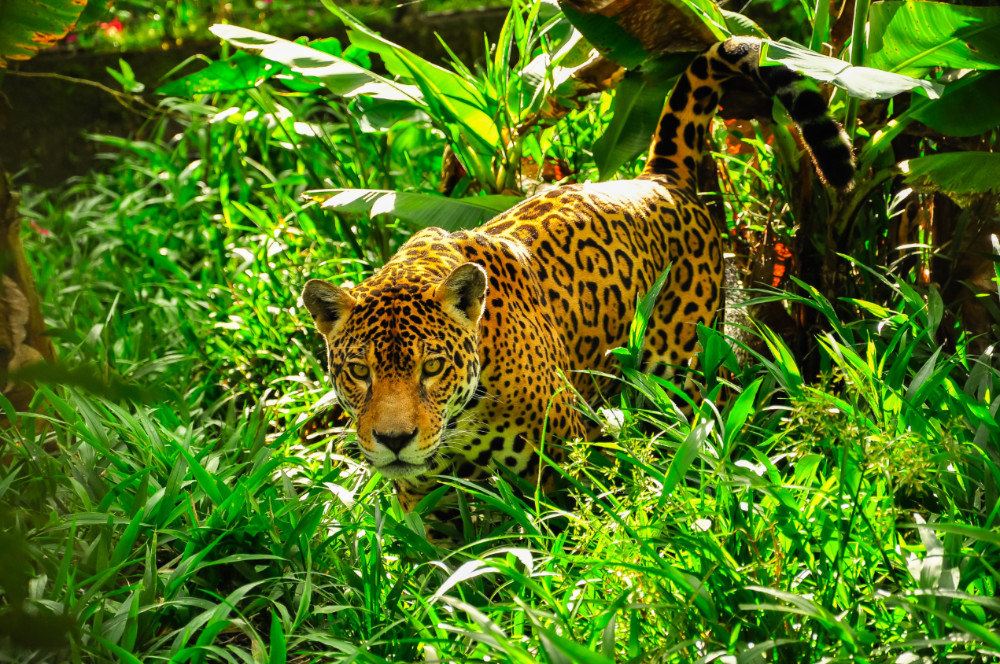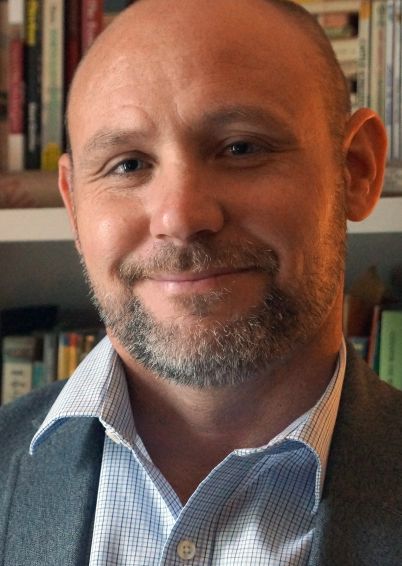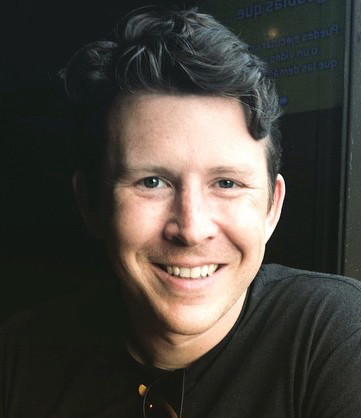
More Than Human


When the term Anthropocene was coined in 2000, it described a geological age characterized by the effects of humans on the environment. The “age of humans,” in essence, placed Homo sapiens at the center of the Earth’s concerns.
Two anthropologists, Jeffrey Hoelle, an associate professor at UC Santa Barbara, and Nicholas C. Kawa of Ohio State University, argue in a new paper that such a view is too narrow and privileges the human over a more comprehensive view of life and the environment.
“Placing the Anthropos in Anthropocene” appears in the Annals of the American Association of Geographers as part of a special issue on “The Anthropocene.”
“The seed of the article really came from the name ‘Anthropocene,’ literally the age of humans,” Hoelle said. “We wanted to question how ‘the human’ as an actor and driver of environmental change is conceptualized in influential approaches to the Anthropocene. Who and what is included in this view of humanity? Also, what is missing when we consider humans as distinct from the rest of the life on earth?
“We wanted to think broadly about the Anthropocene — looking across time and space, to draw attention to the influence of economic and political systems and ideologies of human-environment separation that support a specific way of engaging with the world,” he continued. “This helped us to better understand how a recent and somewhat limited view of humanity is implicated in environmental crisis and human inequality in the present, but also how this anthropocentrism is projected to the future, such as with technological solutions to the climate change and plans for terraforming Mars.”
Kawa, an assistant professor at Ohio State, said that in some of his previous writing he wondered how “uncritical acceptance of the Anthropocene might risk projecting an all-too-human vision of the world. In other words, if we begin to see everything as influenced by the human presence, it may be difficult to avoid falling victim to our own self-obsession.”
“But in writing this piece with Jeff,” he continued, “I began to ask a different question, which is basically, who fits under this umbrella of humanity? And what assumptions are taken for granted when we talk about ‘the human’ at the center of the Anthropocene?”
As the paper makes clear, the meaning of the Anthropocene has evolved since its introduction. Hoelle and Kawa contend that, broken down, the era consists of two parts: the Old Anthropocene, defined as the earliest human impacts of fire and agriculture, and the New Anthropocene, which began at the dawn industrialization.
The scholars also explore relatively recent attempts to rethink the Anthropocene in terms of the rise of global capitalism and colonialism in the mid-15th century. The Capitolocene and the Plantationocene, they note in the paper, help to see that it is not all humans producing environmental impacts, but specific economic and political systems that are premised on the use and control of nature and humans. These critical perspectives, they write, also “seek to bridge the divide and confront the ideologies that place Homo sapiens in a privileged position over other organisms,” and “reinsert humanity back into the ‘web of life’ and ‘make kin’ across species lines.”
And that gets to the key argument in the paper: It is past time to reconsider the long-held notion that Homo sapiens stride across the landscape as a singular species apart from the rest of all living things. Both scholars have spent extensive time in the Amazon — Hoelle studies agricultural expansion and environmental destruction while Kawa’s research centers on human-environmental interactions — and their experiences with Indigenous peoples inform their thinking about the role of humans in nature.
“Nick and I decided to write the paper together based on our experience working on different topics in the Amazon, and the paper was originally going to bring in more of our own research,” Hoelle explained. “In the end, it made sense to focus on these Indigenous Amazonian perspectives, which show other ways of thinking about nature as a contrast to the domineering relations that are characteristic of capitalism and colonialism. Drawing on the work of Brazilian anthropologist Eduardo Viveiros de Castro, Hoelle and Kawa write that “Homo sapiens is not the only species that is human. In the day-to-day lives of peoples across the world, particularly Indigenous peoples, it is apparent that humanity is a shared quality, not an exclusionary one.”
Kawa noted his experience working in Amazonia forced him to question his own assumptions about humanity and human relations to plants, animals and other beings in the world.
“In many communities in Amazonia, both among Indigenous and non-Indigenous people alike, there is a common recognition of ‘owners’ or ‘mothers’ that watch over plants, animals and different features in the landscape,” Kawa said. “These presences inform how people interact with their environs and how they see the different beings that make up their communities. While this doesn’t mean that they are considered ‘human,’ per se, it does mean that they guard against careless or unthinking human actions and activities. In other words, they demand that we recognize other beings as proper subjects in their own right.”
Ultimately, Hoelle and Kawa say the paper is a call for a deeper conversation about humanity and its place in the environment.
“The paper is attempting to call our attention back to the people and the various ways that they are understood to impact the environment, rather than focusing on environmental crisis first and then building back to humans,” Hoelle said. “We have to understand humanity across time and space to see what got us to this point in history, in which humans are agents of environmental change.”
These questions about humanity are key, they argue, for how we confront the environmental crisis of the Anthropocene, and how we imagine human futures. Is it an extension of anthropocentrism — one of privileged humans searching for a technological fix or the next frontier in outer space? Or, how might we confront the structures that led to the Anthropocene and a specific view of humans, and draw on established traditions and knowledges and new social experiments and innovations to build a world that is more sustainable and just?



